Chalus Road, Iran: Photos, History, Things to Do
Chalus Road (Chaloos Road) is on the 20 of the world’s most spectacular roads list. If you are thinking about having a tour to Iran, consider traveling on this road to the North of Iran as well. Chalus Road is one of Iran’s most scenic and legendary routes. This road connects the bustling capital city of Tehran to the northern province of Mazandaran, where the lush forests and the Caspian Sea await travelers. For decades, Chalus Road has been more than just a route—it’s been a cultural icon, a historical passage, and a symbol of nature’s majestic beauty. Whether you’re a road trip enthusiast, a nature lover, or someone curious about Iran’s hidden gems, Chalus Road offers an unforgettable experience that blends adventure with tranquility.
About Chalus Road Iran
Chalus Road is one of Iran’s busiest and most popular mountain routes, especially during weekends and holidays. It winds through the Alborz mountain range, creating a stunning contrast between high-altitude terrains and deep green valleys.
The road is celebrated for its dramatic curves, tunnels, waterfalls, and sweeping views that seem to change with every turn. For Iranians, it’s not just a road but a cherished getaway spot that leads to some of the country’s most beloved natural destinations.
This iconic road spans several cities, towns, and villages, each offering a slice of local life, authentic food, and cultural richness. Throughout the drive, travelers encounter small shops selling local produce, roadside eateries, and cozy spots to enjoy the cool mountain breeze. Because of its unique geographical route and its role in connecting the heart of Iran to the north, Chalus Road continues to attract travelers, vloggers, and international tourists who want a taste of authentic Iranian beauty.
Chalus Road History
Chalus Road was constructed during the reign of Reza Shah in the 1930s, as part of his vision to modernize Iran’s infrastructure and enhance connectivity between major regions. The road was initially built using limited machinery and heavy manual labor, cutting through steep mountains and deep valleys. Its construction marked a significant engineering achievement at the time, symbolizing the emergence of a modern transportation system in Iran. Over time, this road became a crucial route for trade and tourism, bridging Tehran with the vibrant Caspian coast.
What makes Chalus Road even more fascinating is how it has evolved without losing its original charm. Over the years, it has undergone multiple renovations and safety upgrades while still preserving its natural surroundings. Historical landmarks, such as the Kandovan Tunnel—one of the oldest tunnels in the country—serve as reminders of the road’s engineering legacy. As Iran began welcoming more domestic and international tourism, Chalus Road grew into more than just a travel path; it became an experience deeply ingrained in Iranian memory and identity.
In 1933, Chalus Road was opened for public use. After two years, another major project started the Kandovan Tunnel with an 1886m, which makes the trip 13 kilometers shorter. Kandovan is the eleventh tunnel in Chalus, and it took four years to complete.
Visiting Chalus on your tour to Iran at any season is appealing. The road crawls up the mountains next to the beautiful valleys that each season has its own beautiful color; lush green springs and summers, vibrant yellow and red autumns, and all-white winters.
Chalus Road Length
Chalus Road stretches approximately 160 kilometers (about 100 miles), starting from Karaj, a city near Tehran, and ending in the city of Chalus in Mazandaran province. While this may seem relatively short by global standards, the journey can take several hours due to the winding nature of the road, varying weather conditions, and frequent stops made by travelers soaking in the sights. The road’s length is packed with elevation changes, forested stretches, river crossings, and mountain tunnels that make the drive feel much longer and more immersive.
The variation in terrain across this 160-kilometer stretch adds to its uniqueness. You begin your journey in the semi-arid outskirts of Tehran, gradually climbing into misty, forest-covered mountains, and finally descending into the lush, humid coastal areas. This dramatic change in environment and atmosphere makes the length of Chalus Road seem like a passage through multiple ecosystems and climates in just a few hours, offering a dynamic travel experience rare in such a short drive.
Chalus Road Weather
Chalus Road is famous not only for its beauty but also for its unpredictable weather patterns. Due to its elevation and geographic location, the weather can shift rapidly, from bright and sunny in one section to foggy or snowy in another.
In winter, heavy snowfall can make parts of the road impassable, particularly near the Kandovan Tunnel. Road closures due to avalanches or icy conditions are common, and travelers are advised to check road conditions before setting out during the colder months.
During spring and summer, Chalus Road becomes a lush paradise. Melting snow feeds the rivers and waterfalls, and the surrounding forests bloom with vibrant greenery. Autumn is equally enchanting, as the trees along the route explode into hues of orange, red, and yellow.
The moderate and often cool weather in these months makes it the best time to visit. With each season offering a different charm, the road remains a year-round attraction, though summer and autumn are the safest and most picturesque times for a road trip.
Chalus Road Things to Do
There’s no shortage of things to do along Chalus Road. For nature lovers, numerous hiking trails lead into the Alborz mountains, offering panoramic views and wildlife encounters. The Namak Abroud tourist complex near Chalus city features a cable car ride that lifts you above the forest canopy for breathtaking views of the Caspian Sea and surrounding mountains. It’s a must-see attraction for families and adventurers alike. Additionally, travelers can enjoy trout fishing in the mountain streams or camping near the road’s scenic overlooks.
Food lovers will find Chalus Road to be a delightful culinary journey. Roadside restaurants serve traditional northern Iranian dishes such as Mirza Ghasemi, Fesenjan, and fresh grilled fish. Many travelers plan their trip around these eateries, making stops just to enjoy the authentic taste of Mazandaran cuisine.
Shopping is also an option, with local vendors selling organic honey, pickles, and handcrafted souvenirs. Whether you’re in the mood for adventure or relaxation, Chalus Road offers a full spectrum of activities to fill your itinerary.
Chalus Road Photos
Photographers and Instagram enthusiasts find Chalus Road irresistible. With its ever-changing light conditions, dramatic mountain backdrops, foggy forests, and picturesque rivers, it’s a visual feast. Whether captured from a moving car or during a peaceful hike, each snapshot tells a unique story.
Many professional and amateur photographers consider Chalus Road one of the best photography destinations in Iran, and it’s featured in countless travel blogs, social media posts, and documentaries showcasing the natural beauty of the Middle East.
If you’re planning to document your journey, sunrise and sunset are ideal times for golden lighting that adds magic to your shots. Drone photography has also become increasingly popular here, offering a bird’s-eye view of the winding road cutting through lush terrain. Sharing high-quality visuals can also boost your SEO presence and engage users interested in off-the-beaten-path travel content.
Chalus Road Map
Understanding the route before you travel is essential, and modern navigation tools have made exploring Chalus Road easier than ever. A typical Chalus Road map begins in Karaj, heading north through regions like Asara and the Kandovan area before reaching Chalus city. Along the way, key landmarks include the Karaj Dam, Kandovan Tunnel, and several lookout points that are ideal for resting and capturing the scenery. The road features multiple rest stops, fuel stations, and signage in Persian, and often in English, to guide travelers.
Online maps like Google Maps and local Iranian apps such as Neshan or Waze provide live traffic updates, road conditions, and even restaurant suggestions. Due to frequent congestion during holidays, it’s helpful to use these tools to find alternative travel times or side routes. With digital mapping integrated into your travel plans, you can navigate Chalus Road confidently, maximizing your sightseeing opportunities while avoiding traffic delays.
Attractions Near Chalus
Nestled between lush forests and the Caspian Sea, the area near Chalus offers a breathtaking escape into nature and adventure. Just a scenic drive away, Karaj Dam stuns with its majestic mountain backdrop and serene waters, perfect for peaceful picnics or boating. Namakabrud enchants visitors with its scenic cable cars and lively resort vibes, offering panoramic views and fun attractions for all ages. For a more tranquil retreat, Valasht Lake lies hidden among the mountains—a crystal-clear gem ideal for hiking, reflection, and soaking in the serene beauty of northern Iran.
Karaj Dam
Karaj Dam on the Karaj River that runs along this road is one of the main water sources of the capital and one of the most popular picnic areas for passengers of Chalus. After the dam, we get to the historical attractions of Chalus.
There are a lot of historical villages that still have inhabitants, and so many historical castles and palaces that have remained from the Sassanian Empire. Attractions along this 160km (100 miles) road are numerous. Besides the gorgeous landscape, waterfalls, and springs, there are historical sites as well. There is a castle called Salsal that dates back before the arrival of Islam in Iran, around 1400 years ago.
Namakabrud
The coastal town of Namakabrud lies near the Chalus Road in Iran. Known for its beautiful scenery and crystal-clear waters, it is a popular getaway destination for tourists. You can try the most delicious seafood cuisine in Namakabrud, which is a must-try for every visitor.
Namakabrud is perfect for anyone looking for beach relaxation, cultural exploration, or delicious food. Another fun thing to do in Namakabrud is to ride its cable cars. Namakabrud Telecabin is one of the many famous attractions near Chalus. The view of the vast greenery of Namakabrud before your eyes is truly a magnificent experience. With its stunning natural beauty and rich cultural heritage, Namakabrud is a hidden gem that you won’t want to miss near Chalus Road.
Valasht Lake
Valasht Lake is a scenic natural wonder near Chalus Road in Iran. Known for its cool waters and stunning surroundings, Valasht Lake is a popular destination for both tourists and locals. You can experience hiking, camping, fishing, and boating at Valasht Lake. Amidst the lush greenery and peaceful atmosphere, this is a perfect place to relax and rest. Whether you’re a nature lover or just looking for a peaceful getaway, Valasht Lake should be on your travel itinerary. Make sure you visit Valasht Lake near Chalus Road if you’re planning a trip to Iran and experience the natural beauty of this incredible site.
Last Words
Chalus Road is more than just a stretch of highway—it’s a celebration of nature, culture, history, and adventure. From its rich historical roots and engineering marvels to its awe-inspiring landscapes and modern-day tourist attractions, it embodies the spirit of Iran’s natural and cultural diversity. Whether you’re capturing photos, tasting regional cuisine, or simply soaking in the scenery, every moment on Chalus Road feels like a discovery. It remains one of Iran’s most beloved destinations for good reason—and should be on every travel enthusiast’s bucket list.
On a tour to Iran, when you travel on Chalus Road, you don’t think about your destination; the road becomes the destination. Chalus Road, after 82 years, is still one of the main roads of Iran, and every spring and summer, most Iranians take this route for a vacation in the coastal region of the Caspian Sea.
Are you planning to travel to Iran and looking for an Iran travel agency? Check out our Iran tours and feel free to contact us.

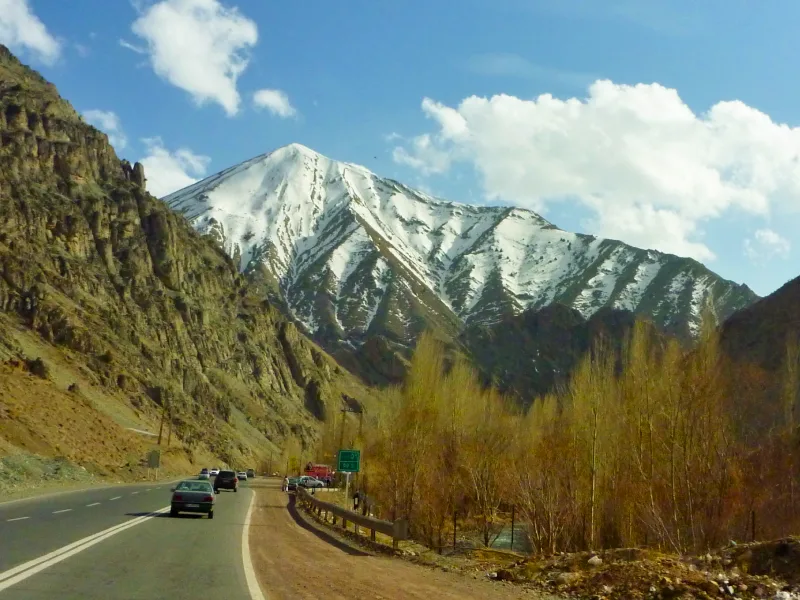
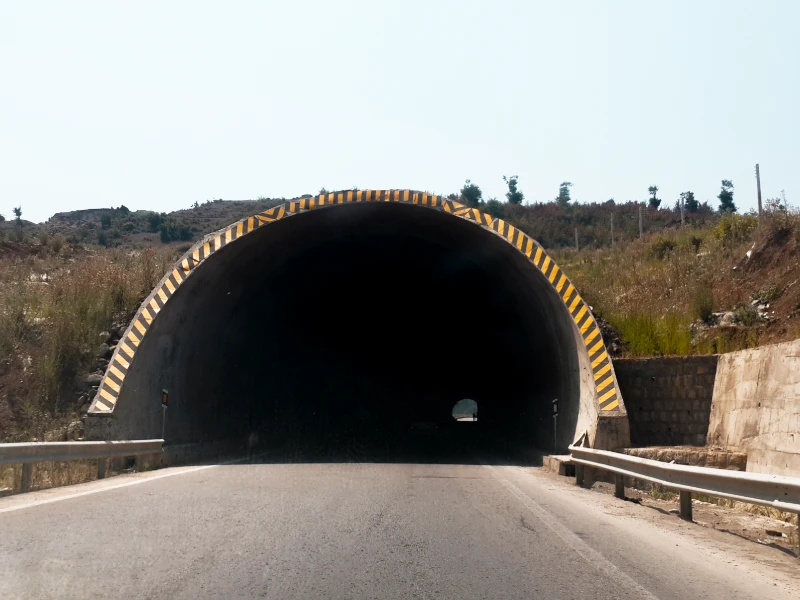
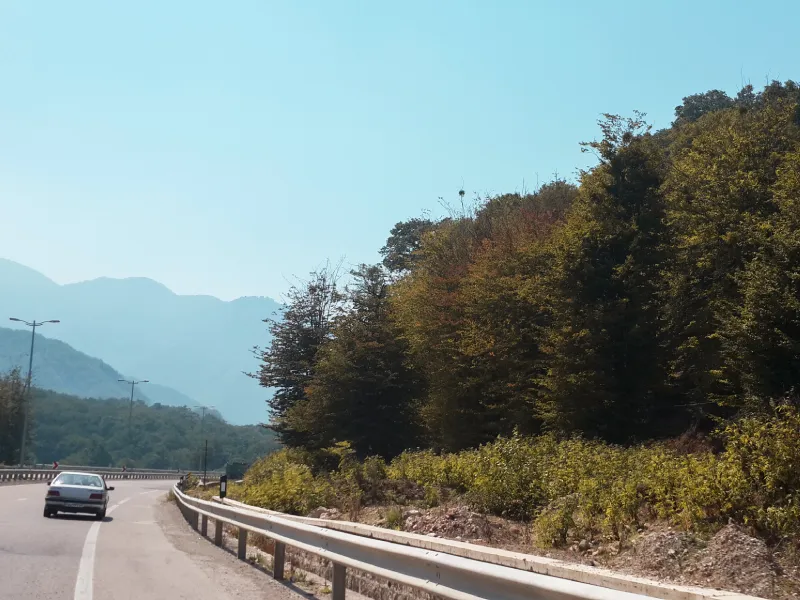
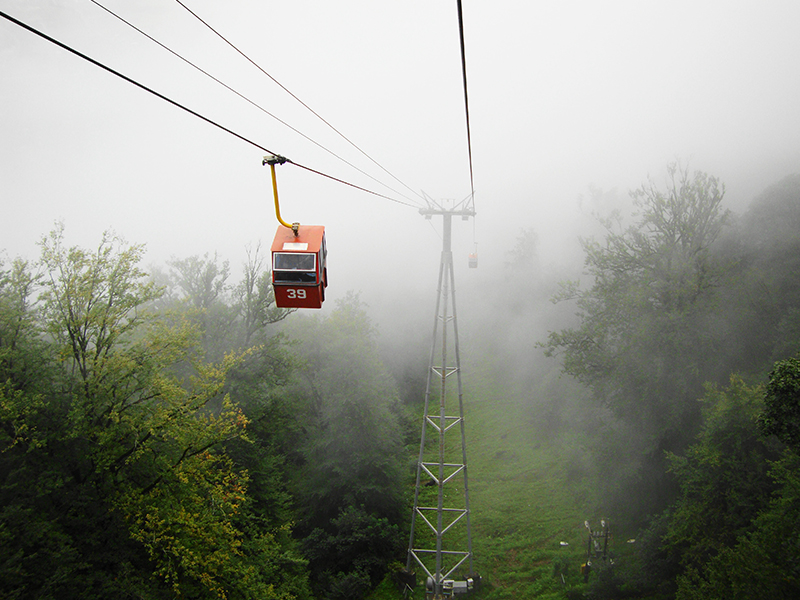

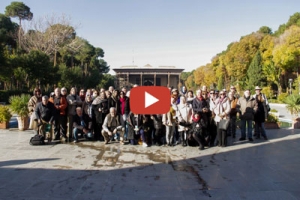


Leave a Reply
Want to join the discussion?Feel free to contribute!